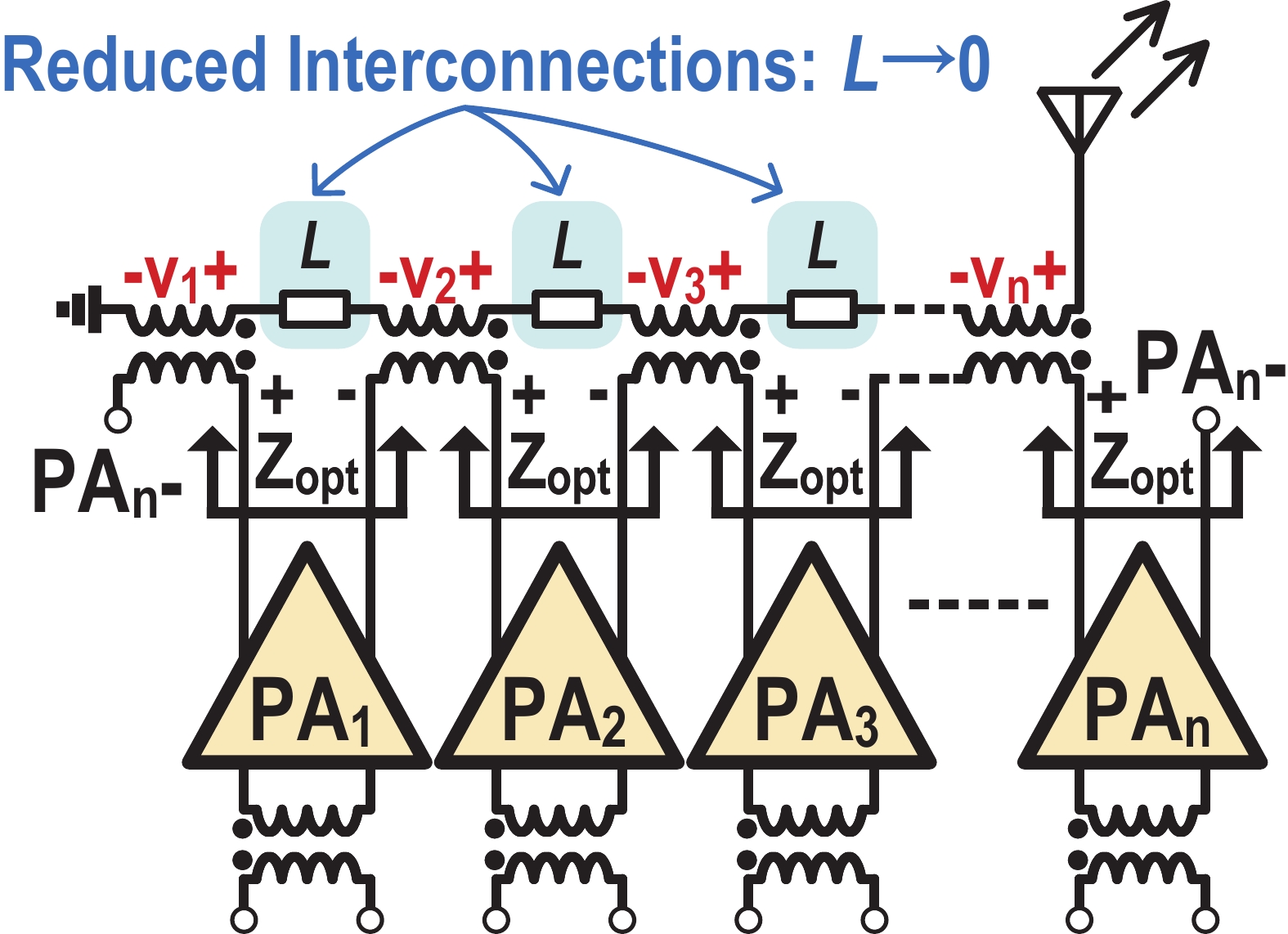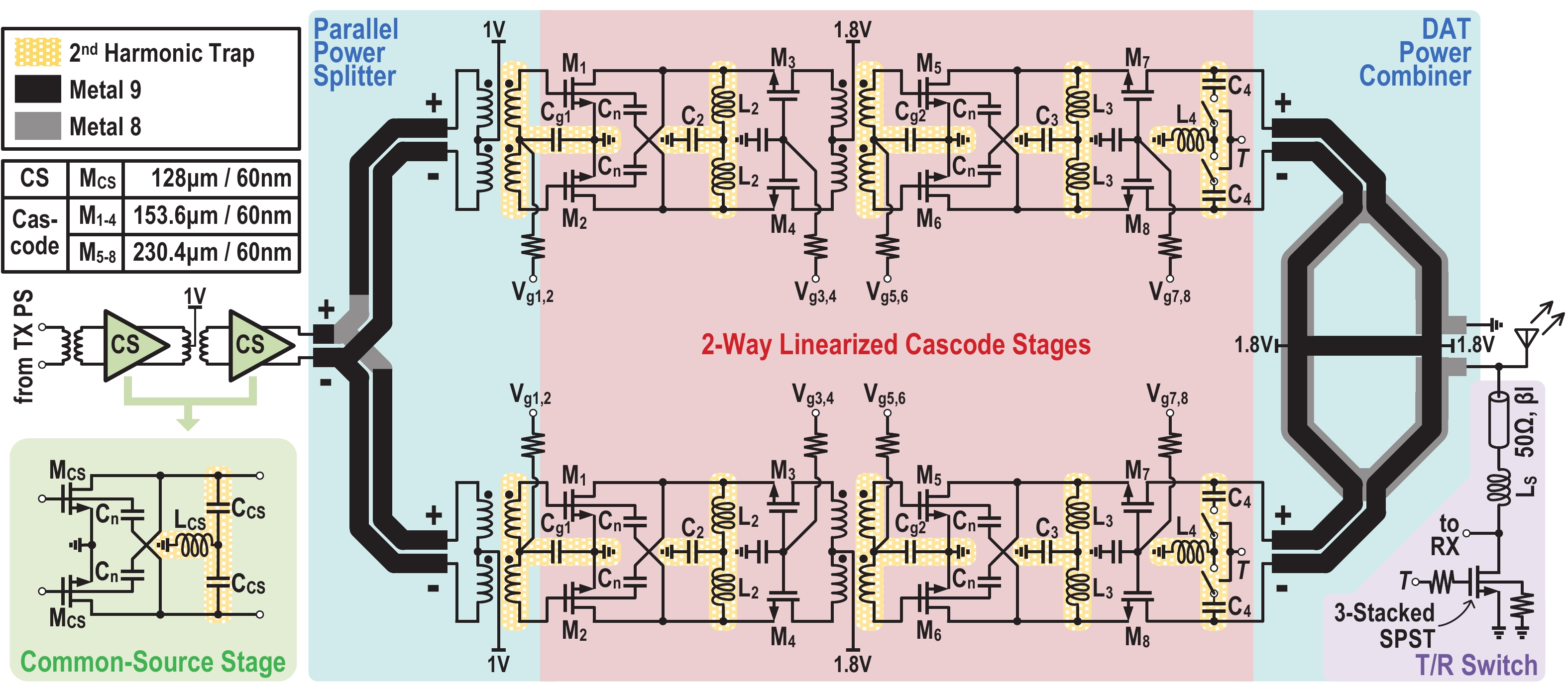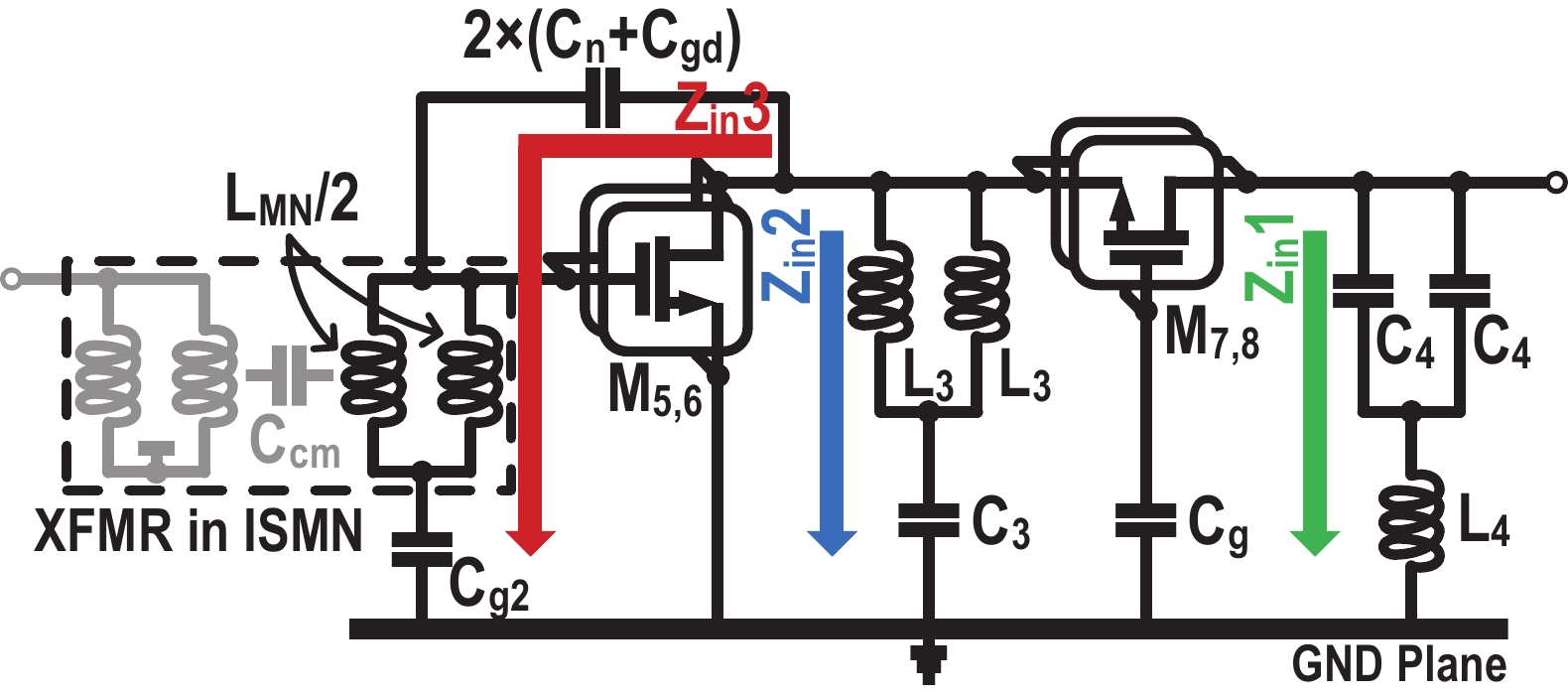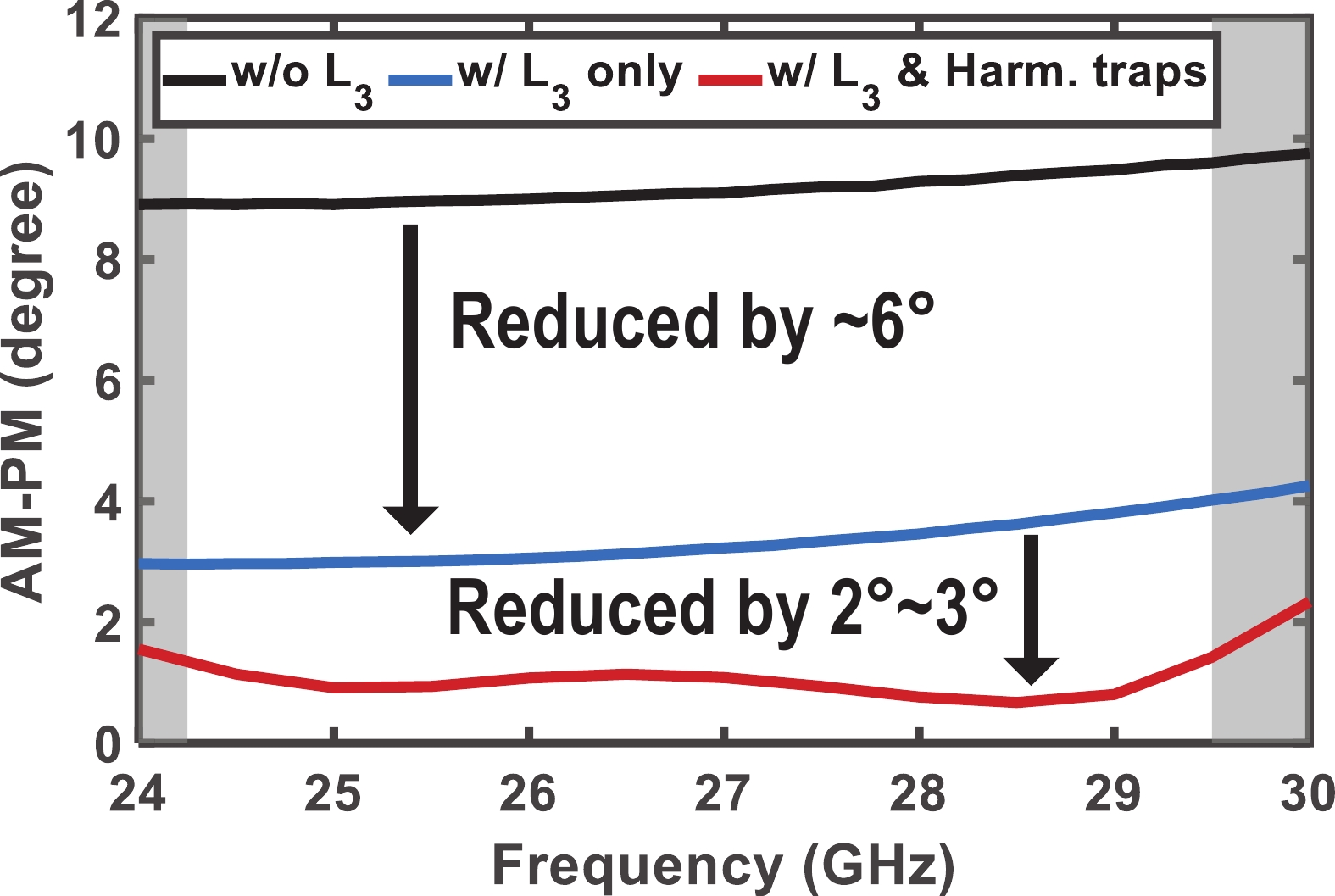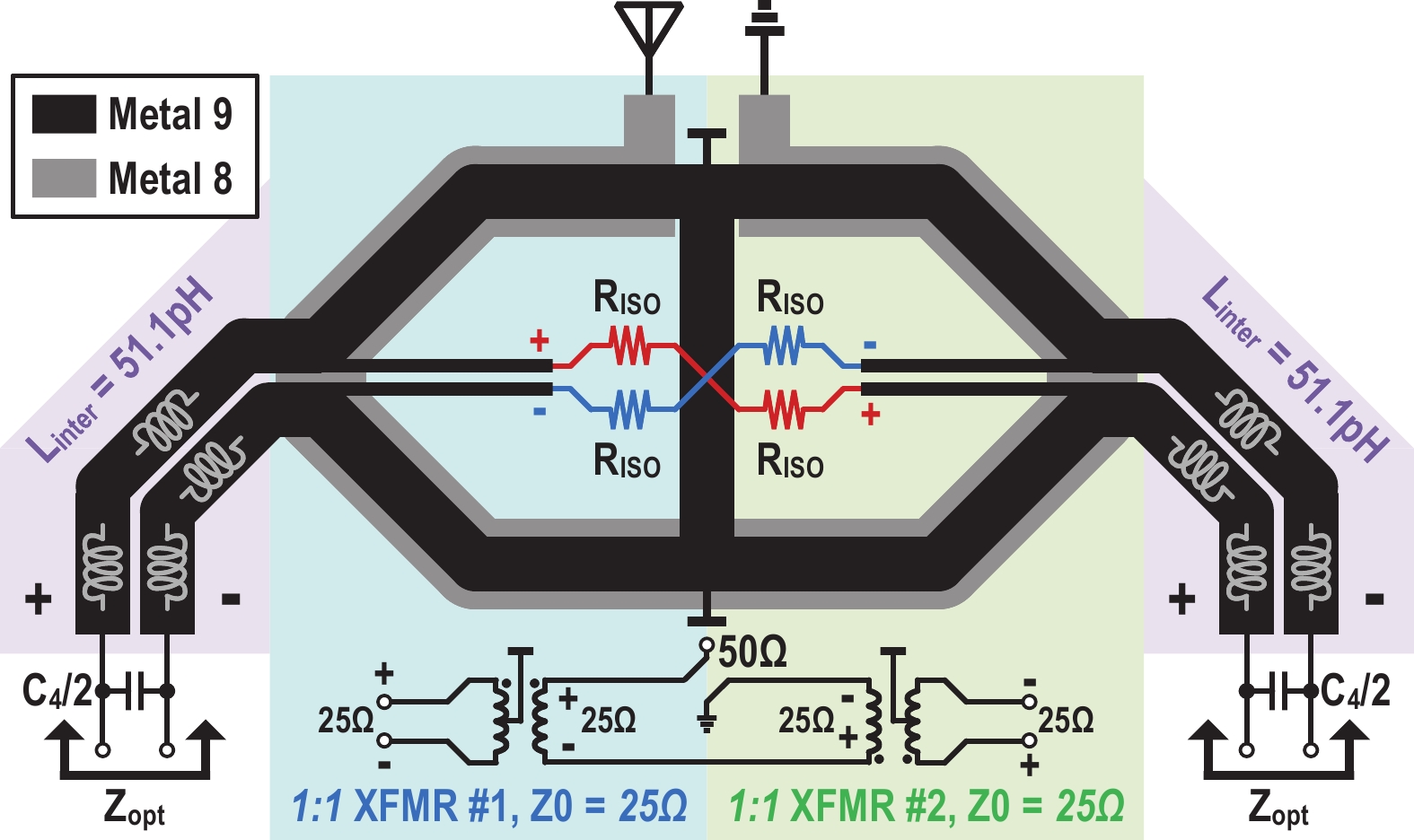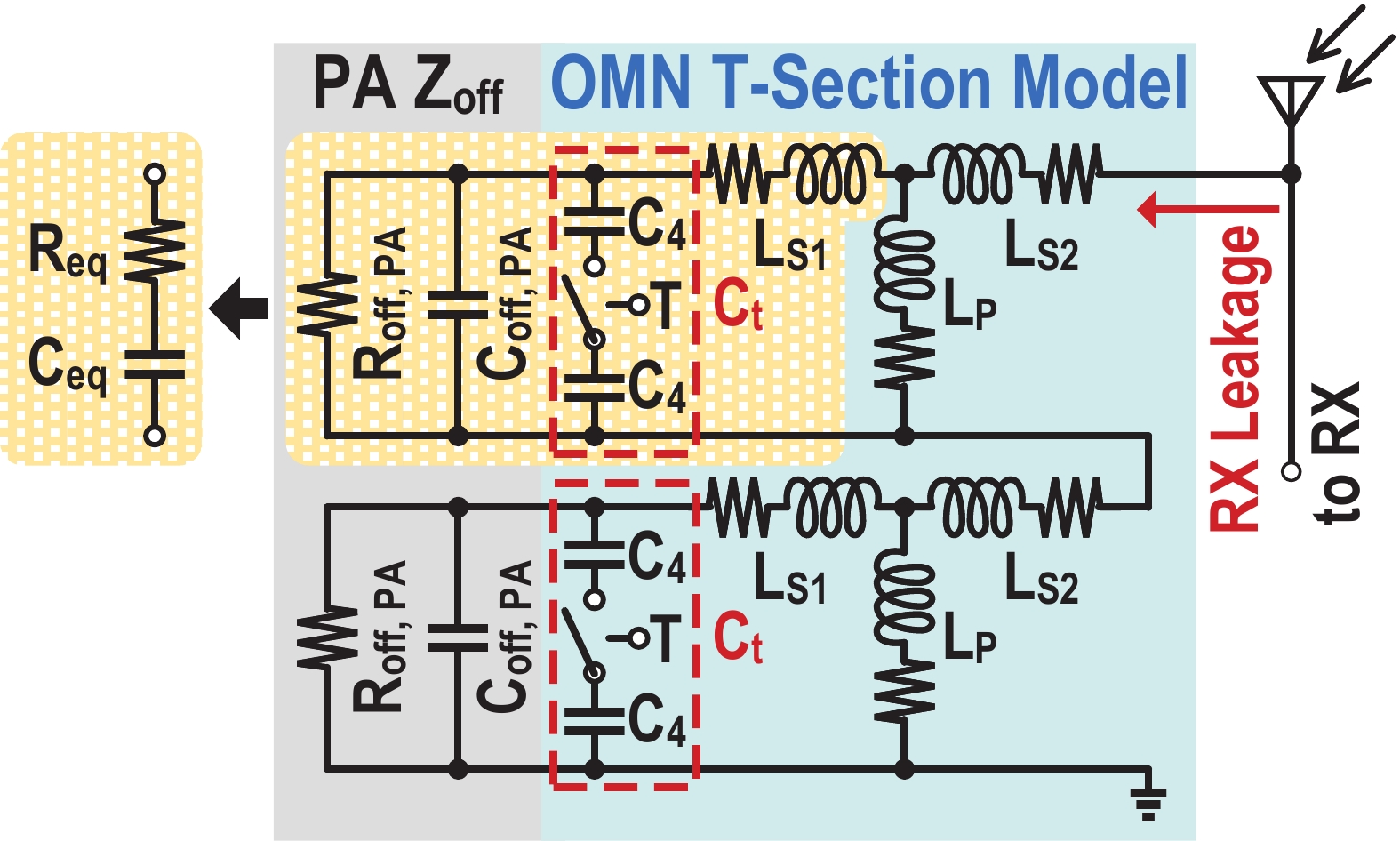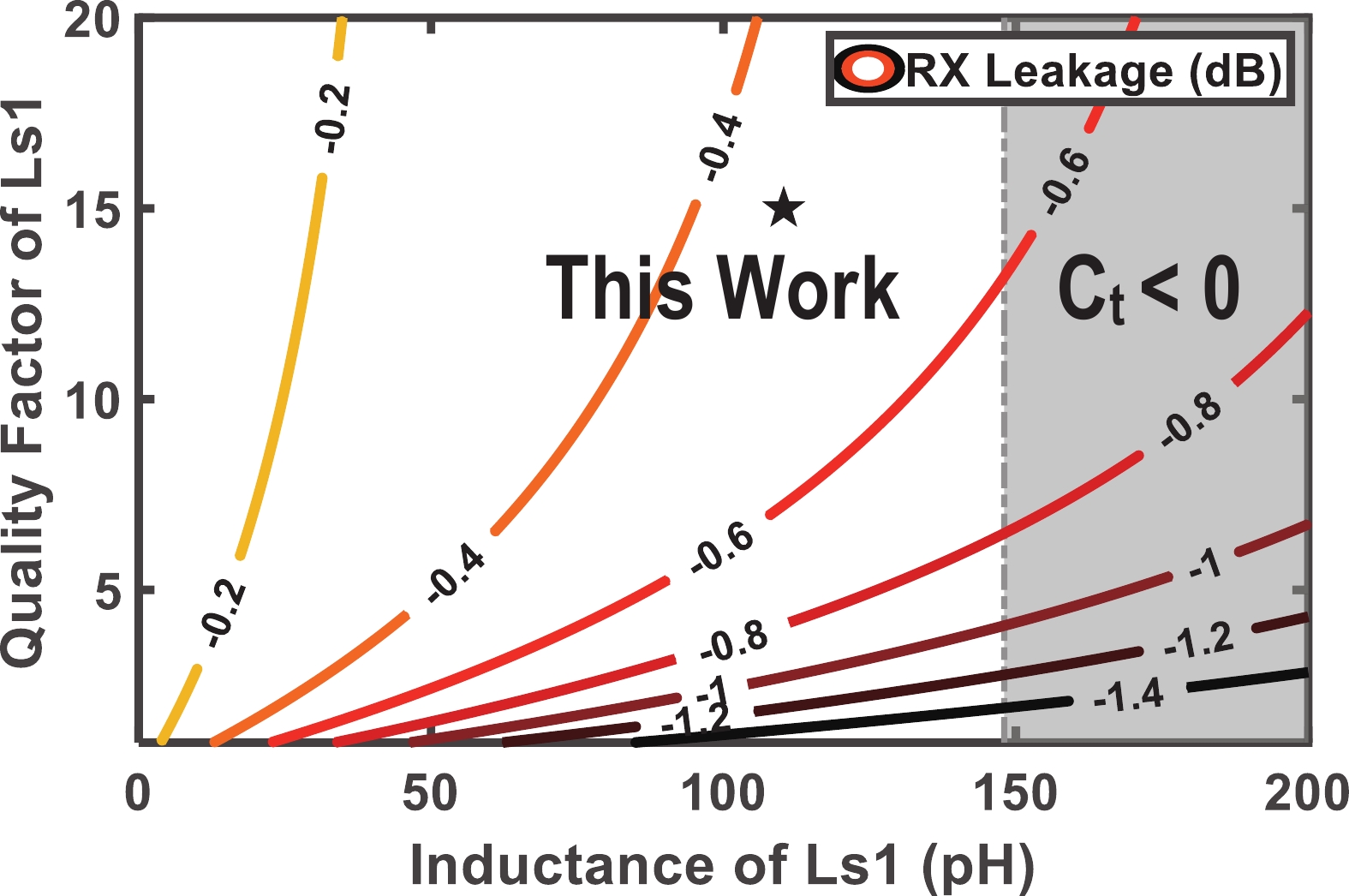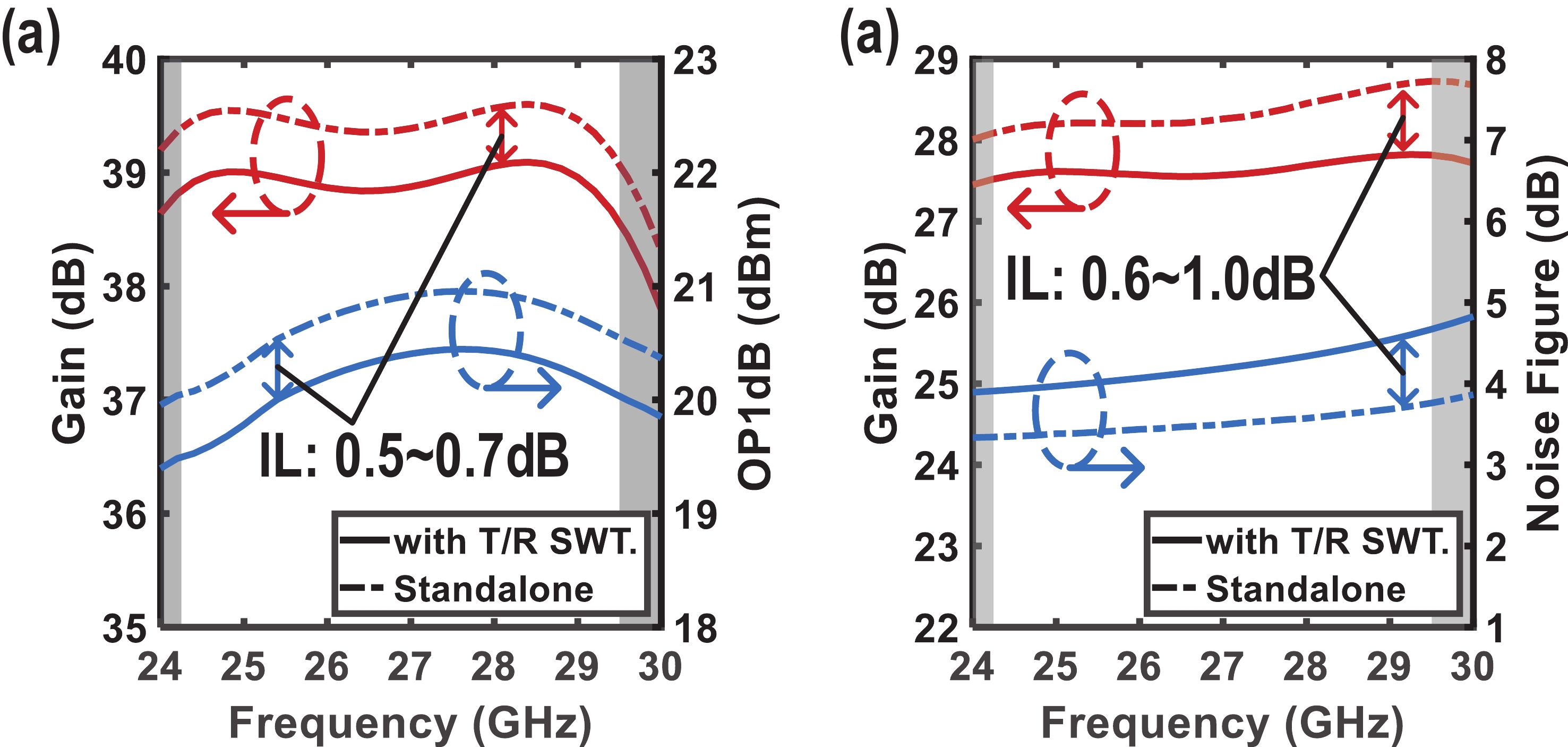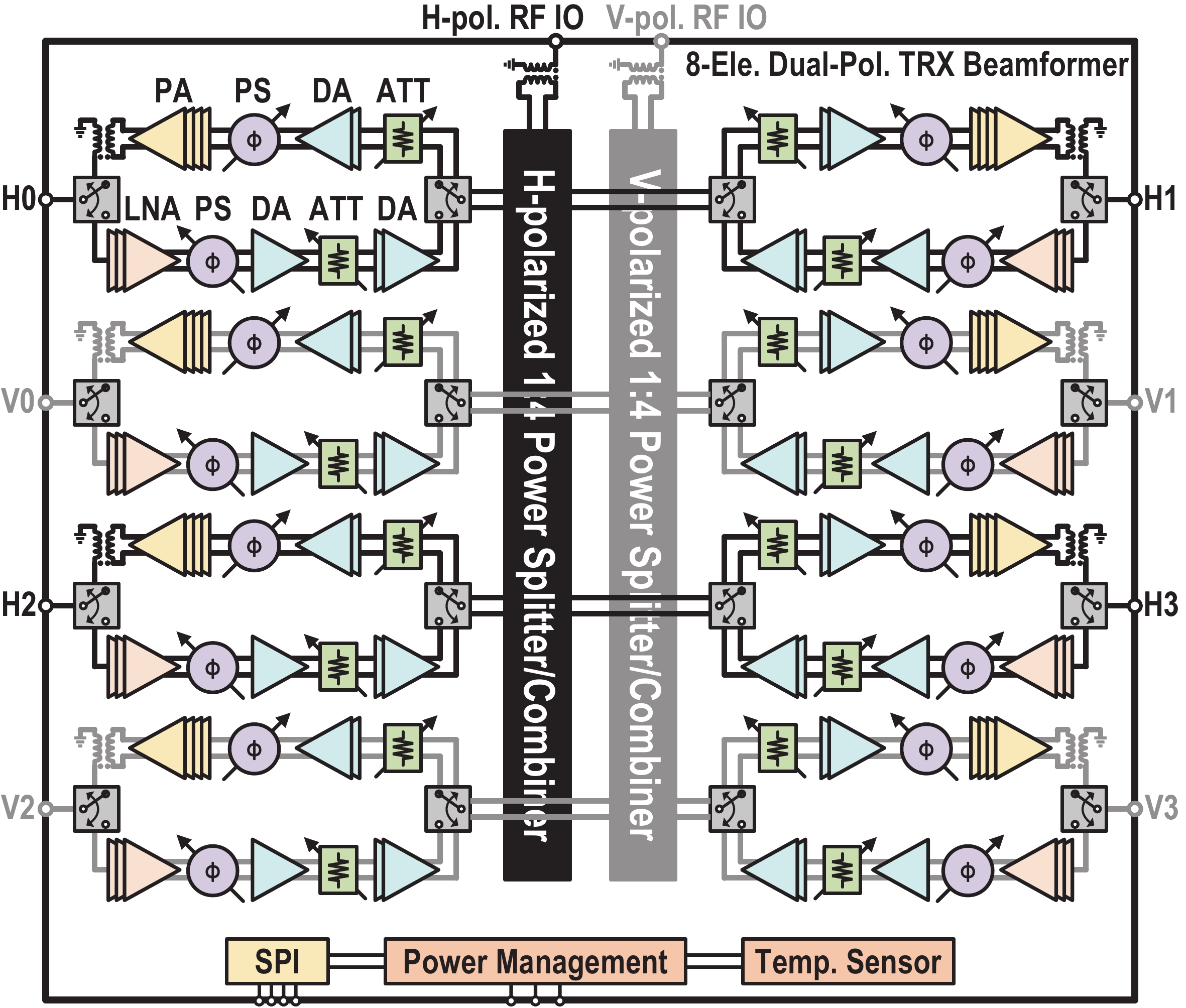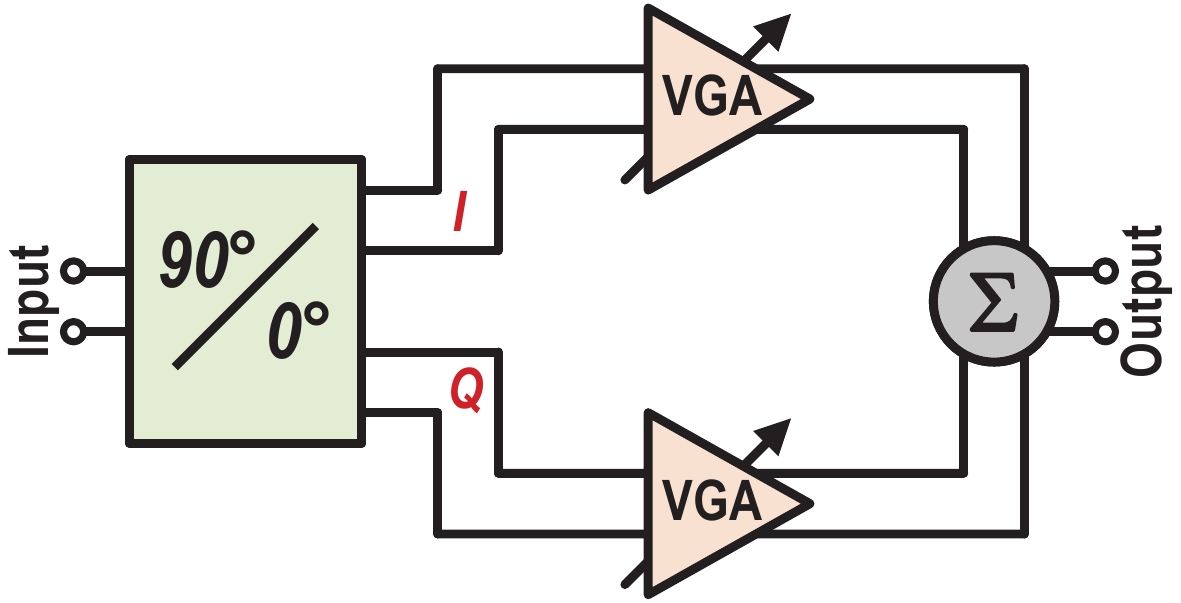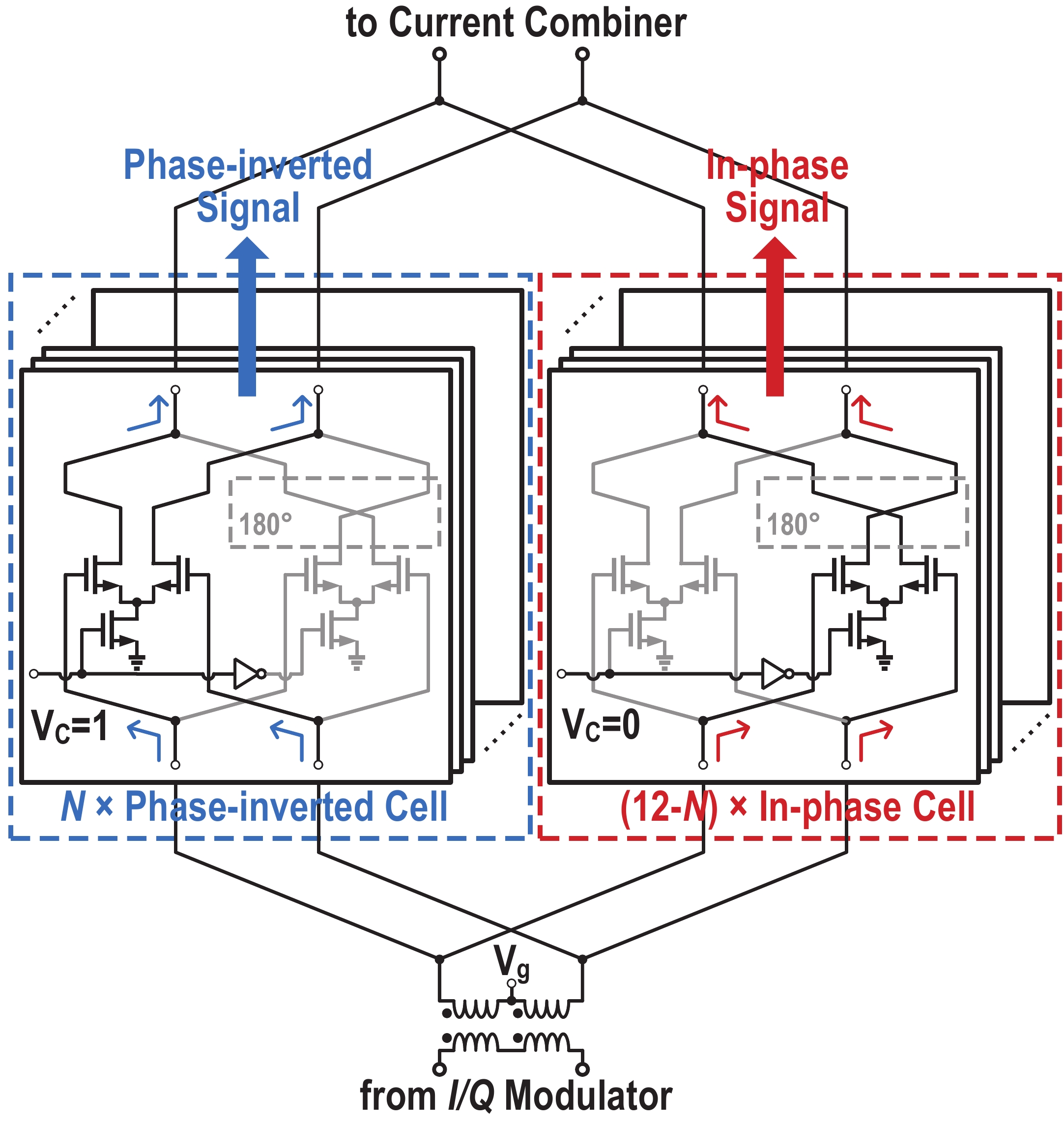| Citation: |
Yongran Yi, Dixian Zhao, Jiajun Zhang, Peng Gu, Chenyu Xu, Yuan Chai, Huiqi Liu, Xiaohu You. A 24−30 GHz 8-element dual-polarized 5G FR2 phased-array transceiver IC with 20.8-dBm TX OP1dB and 4.1-dB RX NFin 65-nm CMOS[J]. Journal of Semiconductors, 2024, 45(1): 012201. doi: 10.1088/1674-4926/45/1/012201
****
Y R Yi, D X Zhao, J J Zhang, P Gu, C Y Xu, Y Chai, H Q Liu, X H You. A 24−30 GHz 8-element dual-polarized 5G FR2 phased-array transceiver IC with 20.8-dBm TX OP1dB and 4.1-dB RX NFin 65-nm CMOS[J]. J. Semicond, 2024, 45(1): 012201. doi: 10.1088/1674-4926/45/1/012201
|
A 24−30 GHz 8-element dual-polarized 5G FR2 phased-array transceiver IC with 20.8-dBm TX OP1dB and 4.1-dB RX NFin 65-nm CMOS
DOI: 10.1088/1674-4926/45/1/012201
More Information
-
Abstract
This article presents an 8-element dual-polarized phased-array transceiver (TRX) front-end IC for millimeter-wave (mm-Wave) 5G new radio (NR). Power enhancement technologies for power amplifiers (PA) in mm-Wave 5G phased-array TRX are discussed. A four-stage wideband high-power class-AB PA with distributed-active-transformer (DAT) power combining and multi-stage second-harmonic traps is proposed, ensuring the mitigated amplitude-to-phase (AM-PM) distortions across wide carrier frequencies without degrading transmitting (TX) power, gain and efficiency. TX and receiving (RX) switching is achieved by a matching network co-designed on-chip T/R switch. In each TRX element, 6-bit 360° phase shifting and 6-bit 31.5-dB gain tuning are respectively achieved by the digital-controlled vector-modulated phase shifter (VMPS) and differential attenuator (ATT). Fabricated in 65-nm bulk complementary metal oxide semiconductor (CMOS), the proposed TRX demonstrates the measured peak TX/RX gains of 25.5/21.3 dB, covering the 24−29.5 GHz band. The measured peak TX OP1dB and power-added efficiency (PAE) are 20.8 dBm and 21.1%, respectively. The measured minimum RX NF is 4.1 dB. The TRX achieves an output power of 11.0−12.4 dBm and error vector magnitude (EVM) of 5% with 400-MHz 5G NR FR2 OFDM 64-QAM signals across 24−29.5 GHz, covering 3GPP 5G NR FR2 operating bands of n257, n258, and n261. -
References
[1] Yi Y R, Zhao D X, Zhang J J, et al. A 24–29.5-GHz highly linear phased-array transceiver front-end in 65-nm CMOS supporting 800-MHz 64-QAM and 400-MHz 256-QAM for 5G new radio. IEEE J Solid-State Circuits, 2022, 57, 2702 doi: 10.1109/JSSC.2022.3169588[2] Pang J, Li Z, Luo X T, et al. A CMOS dual-polarized phased-array beamformer utilizing cross-polarization leakage cancellation for 5G MIMO systems. IEEE J Solid-State Circuits, 2021, 56, 1310 doi: 10.1109/JSSC.2020.3045258[3] Park H C, Kang D, Lee S M, et al. 4.1 A 39GHz-band CMOS 16-channel phased-array transceiver IC with a companion dual-stream IF transceiver IC for 5G NR base-station applications. 2020 IEEE International Solid-State Circuits Conference-(ISSCC), San Francisco, CA, USA, 2020, 76 doi: 10.1109/ISSCC19947.2020.9063006[4] Dunworth J D, Homayoun A, Ku B H, et al. A 28GHz bulk-CMOS dual-polarization phased-array transceiver with 24 channels for 5G user and basestation equipment. 2018 IEEE International Solid-State Circuits Conference-(ISSCC), San Francisco, CA, USA, 2018, 70 doi: 10.1109/ISSCC.2018.8310188[5] Sadhu B, Paidimarri A, Liu D X, et al. A 24–30-GHz 256-element dual-polarized 5G phased array using fast on-chip beam calculators and magnetoelectric dipole antennas. IEEE J Solid-State Circuits, 2022, 57, 3599 doi: 10.1109/JSSC.2022.3204807[6] Verma A, Bhagavatula V, Singh A, et al. A 16-channel, 28/39GHz dual-polarized 5G FR2 phased-array transceiver IC with a quad-stream IF transceiver supporting non-contiguous carrier aggregation up to 1.6GHz BW. 2022 IEEE International Solid-State Circuits Conference (ISSCC), San Francisco, CA, USA, 2022, 1 doi: 10.1109/ISSCC42614.2022.9731664[7] Zhao D X, Gu P, Zhong J C, et al. Millimeter-wave integrated phased arrays. IEEE Trans Circuits Syst I, 2021, 68, 3977 doi: 10.1109/TCSI.2021.3093093[8] Wang Y, Wu R, Pang J, et al. A 39-GHz 64-element phased-array transceiver with built-In phase and amplitude calibrations for large-array 5G NR in 65-nm CMOS. IEEE J Solid-State Circuits, 2020, 55, 1249 doi: 10.1109/JSSC.2020.2980509[9] Liu H Q, Zhao D X, Yi Y R, et al. A 24.25-27.5 GHz 128-element dual-polarized 5G integrated phased array with 5.6%-EVM 400-MHz 64-QAM and 50-dBm EIRP. Sci China Inf Sci, 2022, 65, 214301 doi: 10.1007/s11432-022-3584-6[10] 3GPP Specification series. Technical specification 38.104 (V17.6. 0) base station (BS) radio transmission and reception.[11] Haldi P, Chowdhury D, Reynaert P, et al. A 5.8 GHz 1 V linear power amplifier using a novel on-chip transformer power combiner in standard 90 nm CMOS. IEEE J Solid-State Circuits, 2008, 43, 1054 doi: 10.1109/JSSC.2008.920347[12] Aoki I, Kee S D, Rutledge D B, et al. Distributed active transformer-a new power-combining and impedance-transformation technique. IEEE Trans Microw Theory Tech, 2002, 50, 316 doi: 10.1109/22.981284[13] Aoki I, Kee S D, Rutledge D B, et al. Fully integrated CMOS power amplifier design using the distributed active-transformer architecture. IEEE J Solid-State Circuits, 2002, 37, 371 doi: 10.1109/4.987090[14] Yao T, Gordon M Q, Tang K K W, et al. Algorithmic design of CMOS LNAs and PAs for 60-GHz radio. IEEE J Solid-State Circuits, 2007, 42, 1044 doi: 10.1109/JSSC.2007.894325[15] Li Q, Zhang Y P. CMOS T/R switch design: Towards ultra-wideband and higher frequency. IEEE J Solid-State Circuits, 2007, 42, 563 doi: 10.1109/JSSC.2006.891442[16] Long J R. Monolithic transformers for silicon RF IC design. IEEE J Solid-State Circuits, 2000, 35, 1368 doi: 10.1109/4.868049[17] Gu P, Zhao D X, You X H. A DC-50 GHz CMOS switched-type attenuator with capacitive compensation technique. IEEE Trans Circuits Syst I, 2020, 67, 3389 doi: 10.1109/TCSI.2020.2999094[18] Park J S, Wang H. A transformer-based poly-phase network for ultra-broadband quadrature signal generation. IEEE Trans Microw Theory Tech, 2015, 63, 4444 doi: 10.1109/TMTT.2015.2496187 -
Proportional views





 Yongran Yi (Graduate Student Member, IEEE) received a BS degree in Information Science and Engineering from Southeast University, Nanjing, China, in 2017, where he is currently pursuing a PhD degree. His current research interests include millimeter-wave integrated circuits, transceivers, and phased array systems for 5G and SATCOM applications.
Yongran Yi (Graduate Student Member, IEEE) received a BS degree in Information Science and Engineering from Southeast University, Nanjing, China, in 2017, where he is currently pursuing a PhD degree. His current research interests include millimeter-wave integrated circuits, transceivers, and phased array systems for 5G and SATCOM applications.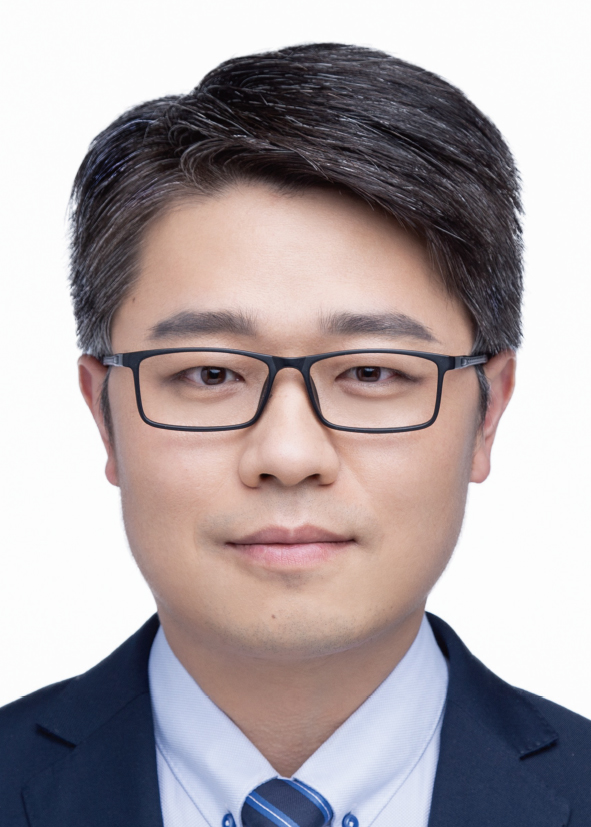 Dixian Zhao (Member, IEEE) received a BSc degree in Microelectronics from Fudan University, Shanghai, China, in 2006, a MSc degree in Microelectronics from Delft University of Technology (TU Delft), the Netherlands, in 2009, and a PhD degree in Electrical Engineering at University of Leuven (KU Leuven), Belgium, in 2015. Since April 2015, he has joined Southeast University, China, where he is now a full professor. His current research interests include millimeter-wave integrated circuits, transceivers, and phased-array systems for 5G, satellite, radar, and wireless power transfer applications.
Dixian Zhao (Member, IEEE) received a BSc degree in Microelectronics from Fudan University, Shanghai, China, in 2006, a MSc degree in Microelectronics from Delft University of Technology (TU Delft), the Netherlands, in 2009, and a PhD degree in Electrical Engineering at University of Leuven (KU Leuven), Belgium, in 2015. Since April 2015, he has joined Southeast University, China, where he is now a full professor. His current research interests include millimeter-wave integrated circuits, transceivers, and phased-array systems for 5G, satellite, radar, and wireless power transfer applications.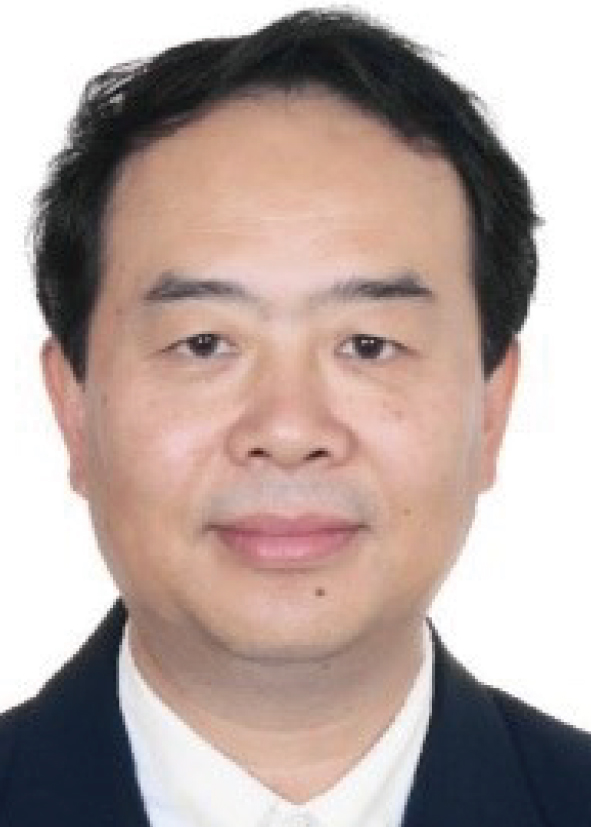 Xiaohu You (Fellow, IEEE) received a MS and PhD degrees in Electrical Engineering from Southeast University, Nanjing, China, in 1985 and 1988, respectively. Since 2013, he has been the Principal Investigator of the China National 863 5G Project. He has contributed over 200 IEEE journal articles and two books in the areas of adaptive signal processing and neural networks and their applications to communication systems. His research interests include mobile communication systems, and signal processing and its applications.
Xiaohu You (Fellow, IEEE) received a MS and PhD degrees in Electrical Engineering from Southeast University, Nanjing, China, in 1985 and 1988, respectively. Since 2013, he has been the Principal Investigator of the China National 863 5G Project. He has contributed over 200 IEEE journal articles and two books in the areas of adaptive signal processing and neural networks and their applications to communication systems. His research interests include mobile communication systems, and signal processing and its applications.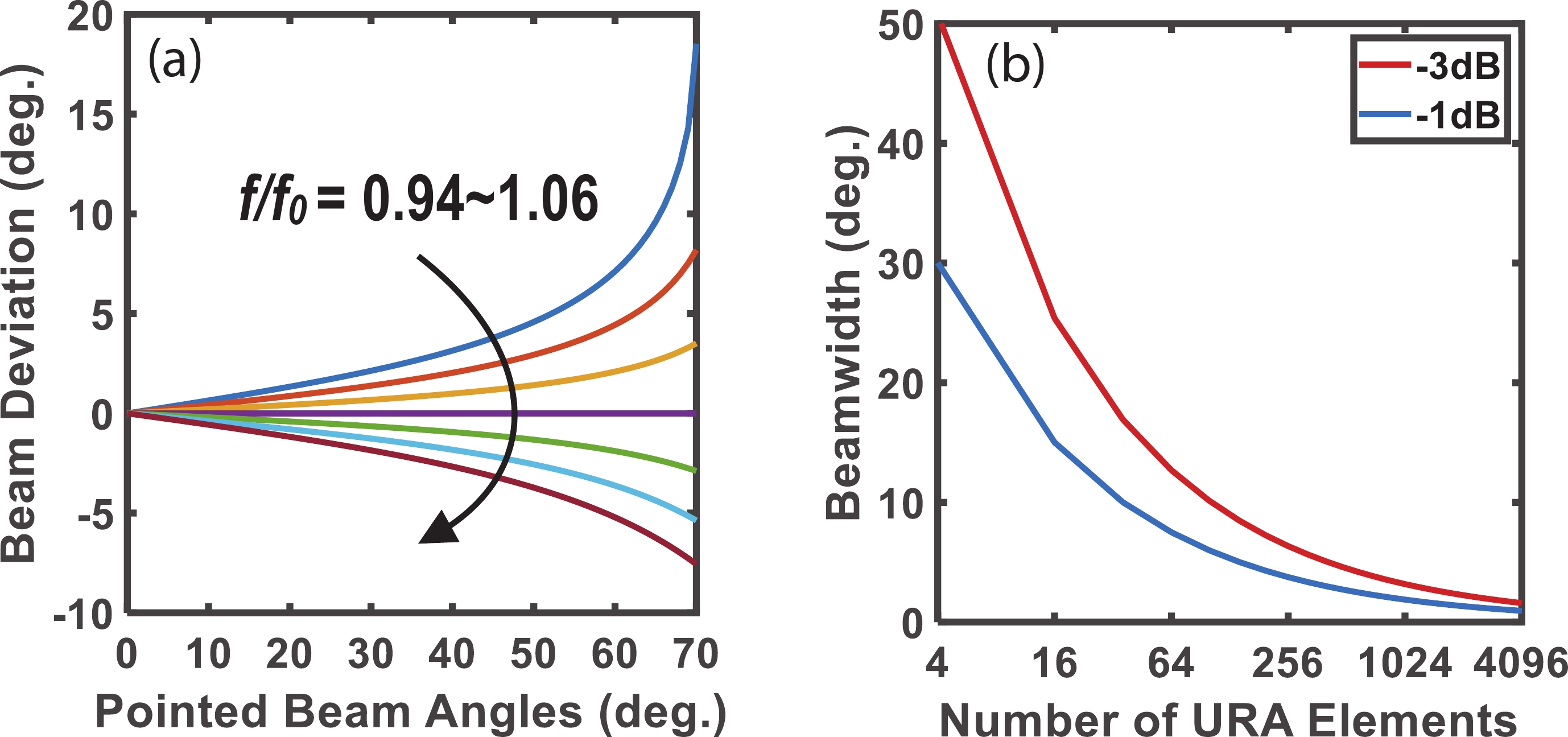
 DownLoad:
DownLoad:

